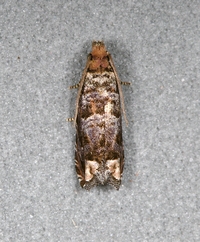
| Recorded by: Jim Petranka, Mark Basinger and Becky Elkin on 2025-08-03
Moore Co.
Comment: | 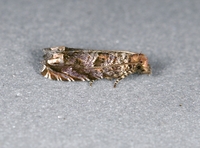
| Recorded by: Jim Petranka, Mark Basinger and Becky Elkin on 2025-08-03
Moore Co.
Comment: |
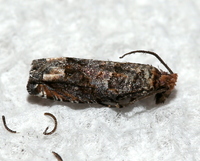
| Recorded by: David George, Jeff Niznik on 2025-05-24
Richmond Co.
Comment: | 
| Recorded by: David George, Jeff Niznik on 2025-05-24
Richmond Co.
Comment: |

| Recorded by: David George, Jeff Niznik on 2025-05-24
Richmond Co.
Comment: | 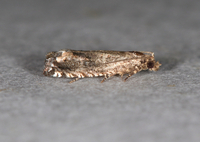
| Recorded by: Jim Petranka, John Petranka and Becky Elkin on 2025-05-09
Cumberland Co.
Comment: |

| Recorded by: David George, Jeff Niznik on 2025-05-09
Cumberland Co.
Comment: | 
| Recorded by: Jim Petranka and Bo Sullivan on 2022-07-26
Scotland Co.
Comment: |

| Recorded by: Jim Petranka and Bo Sullivan on 2022-07-26
Scotland Co.
Comment: | 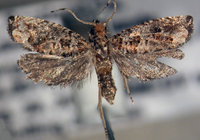
| Recorded by: Jim Petranka and Bo Sullivan on 2022-07-26
Scotland Co.
Comment: |
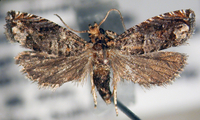
| Recorded by: Jim Petranka and Bo Sullivan on 2022-07-26
Scotland Co.
Comment: | 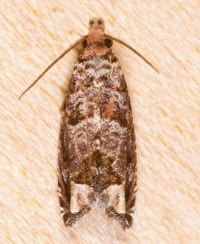
| Recorded by: Jim Petranka on 2021-08-11
Richmond Co.
Comment: |
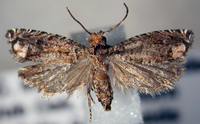
| Recorded by: J.B. Sullivan and S.P. Hall on 2020-09-10
Moore Co.
Comment: verified by genitalia (in Wright and Gilligan, 2023). |

 »
»




 »
»


